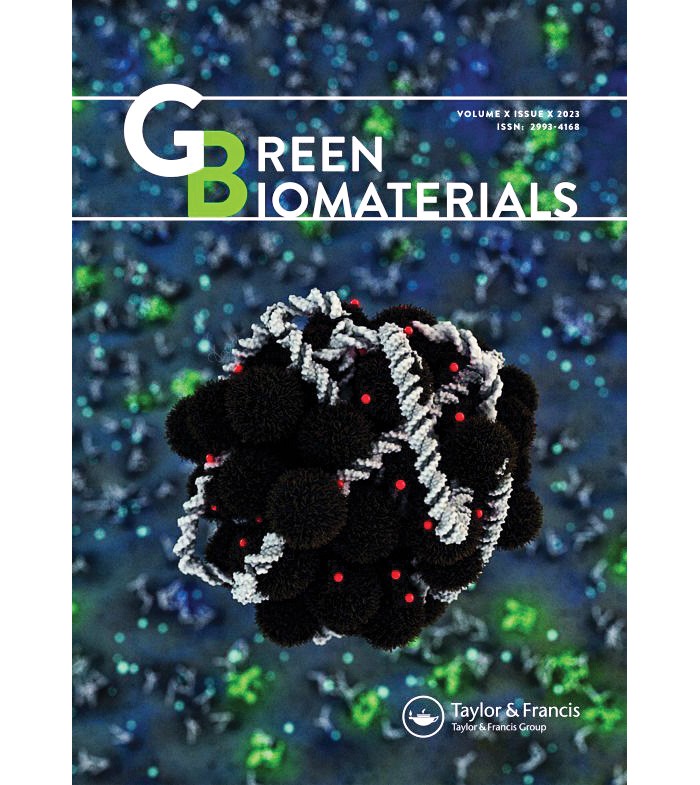Advertisement
Grab your lab coat. Let's get started
Welcome!
Welcome!
Create an account below to get 6 C&EN articles per month, receive newsletters and more - all free.
It seems this is your first time logging in online. Please enter the following information to continue.
As an ACS member you automatically get access to this site. All we need is few more details to create your reading experience.
Not you? Sign in with a different account.
Not you? Sign in with a different account.
ERROR 1
ERROR 1
ERROR 2
ERROR 2
ERROR 2
ERROR 2
ERROR 2
Password and Confirm password must match.
If you have an ACS member number, please enter it here so we can link this account to your membership. (optional)
ERROR 2
ACS values your privacy. By submitting your information, you are gaining access to C&EN and subscribing to our weekly newsletter. We use the information you provide to make your reading experience better, and we will never sell your data to third party members.
Publishing
Editorial: Trouble in publishing
by Michael McCoy
November 19, 2023
| A version of this story appeared in
Volume 101, Issue 38
As two recent stories show, academic publishing has problems, both at the shining pinnacle of the field and in its more obscure corners.
Like Science, Nature is one of the most impactful scientific journals. Thus, it’s not surprising that Nature’s retraction of a paper by University of Rochester professor Ranga Dias was covered by several major media outlets around the globe. In the paper, published in March, Dias and his team claim to have discovered a room-temperature superconductor—a material that conducts electricity without loss of energy.
Superconductors are real and are used commercially in magnetic resonance imaging and nuclear magnetic resonance machines. But they exhibit their lack of electrical resistance only at temperatures approaching absolute zero and often at extremely high pressures. A material that didn’t require these conditions would fundamentally change our world.
Alas, like many previous claims of room-temperature superconductivity—including claims in two previous papers by Dias—the work published in Nature didn’t hold up to scrutiny, which in this case included a confidential investigation by the journal itself. Other authors on the paper sent a letter to Nature raising concerns about the paper and about Dias’s treatment of his coauthors. Nature retracted the paper on Nov. 7.
Retractions—both high profile and mundane—are a growing phenomenon in scientific publishing. The Retraction Watch Database logged nearly 5,000 scientific paper retractions in 2022. In 2002, scientific journals collectively retracted only 119 papers. The total number of retractions in the database now exceeds 43,000.
A different but equally sobering trend is occurring far from the limelight of prestigious publishing outlets like Science and Nature: the rise of predatory journals and the so-called paper mills that often feed them content.
On page 20 of this issue, freelance journalist Dalmeet Singh Chawla reports on the brazen practices of a journal called Experimental and Theoretical Nanotechnology. C&EN was tipped off to the journal’s behavior by Michael Fischer, a geoscientist at the University of Bremen. We then asked Chawla to confirm Fischer’s claims and to dig deeper.
What Chawla found is a journal that does publish some legitimate papers. But it also publishes papers that seem to have been written by software or pulled from other journals. To both varieties of fake papers it appends the names of scientists who had nothing to do with them—and didn’t know their names had been added.
Earlier this year, Chawla, who also sometimes contributes to the Retraction Watch website, wrote about the insidious problem of paper mills—organizations that sell authorship slots on scholarly papers. One such group, 123mi.ru, claims to have brokered more than 20,000 authorship slots in over 4,000 scholarly papers for up to $5,000 each. Chawla’s story tracks a chemistry paper’s journey through a paper mill and into a journal run by a reputable British publisher.
I asked Chawla if he sees any common threads between the incident at Nature—arguably the top of the scientific publishing world—and the seedy publishing netherworld of predatory journals and paper mills.
He told me that research misbehavior and misconduct will happen at all levels and that journals should actively investigate such cases and not hesitate to take action. Indeed, the increase in retractions is inevitable as the rate of scientific publishing grows and publishers take action, Chawla says. Still, a lot of junk remains in the literature for decades, accumulating undeserved citations.
In a world where academic publishers increasingly have to justify the role they play, policing the literature and keeping it clean can serve a critical need, Chawla argues. As for predatory publishers and paper mills, he says, their objective is using scientific fraud for financial gain, and they will absorb no lessons on research integrity.
Views expressed on this page are those of the author and not necessarily those of ACS.





Join the conversation
Contact the reporter
Submit a Letter to the Editor for publication
Engage with us on Twitter